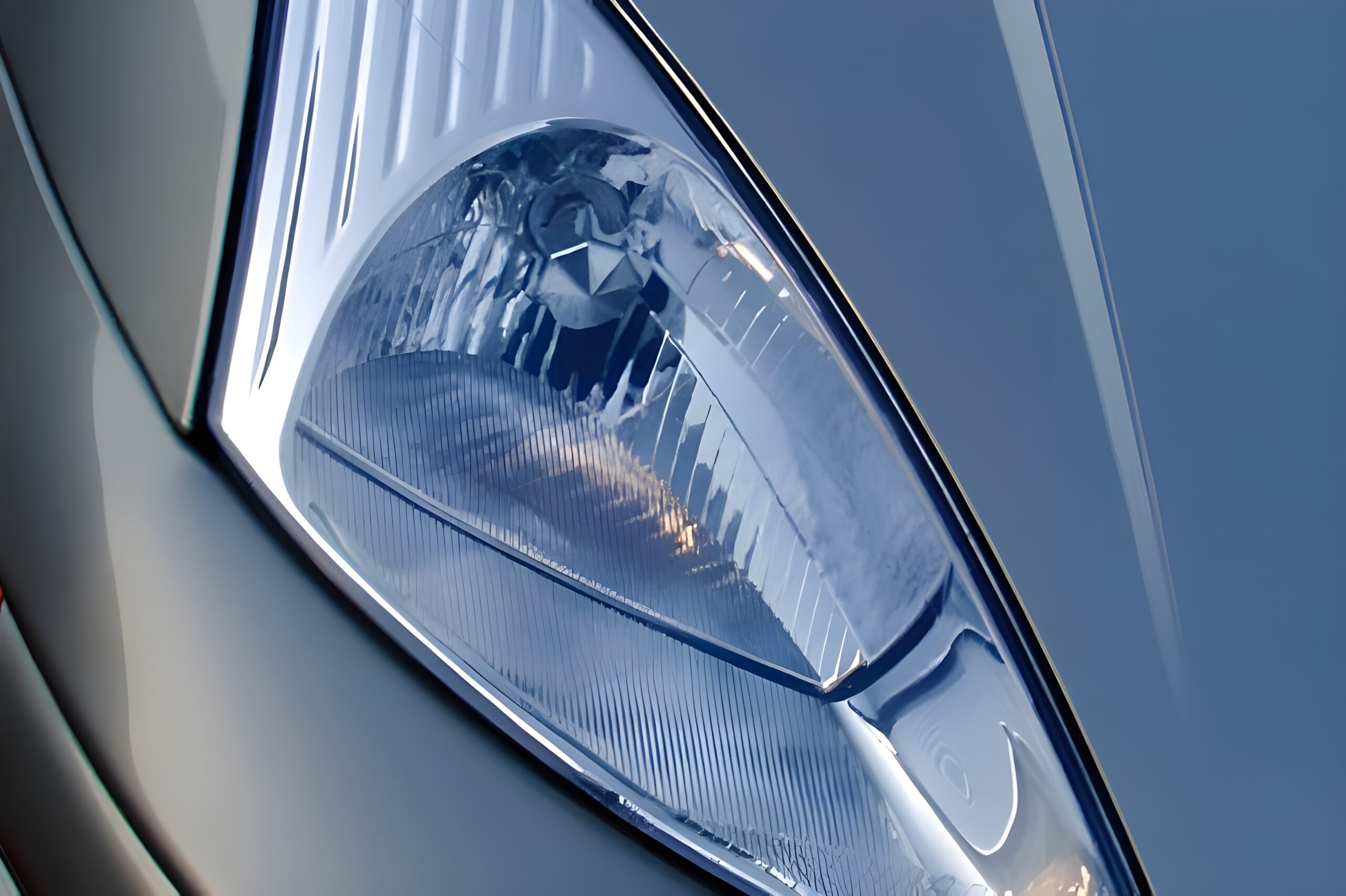The North American Market
Launched to the market in 2000, Ford sensed an opportunity of trying to successfully break into the North American market. They waited a year to identify what success the Focus would have in the home European market first, of course it was a massive success. Then started a plan to launch the car to the North American market in early 2000, production had already started in September 1999 in the Wayne County of Michigan. The MK1 was instantly marketed to a young “up-coming” audience with the purpose that it may encourage long-term brand loyalty.
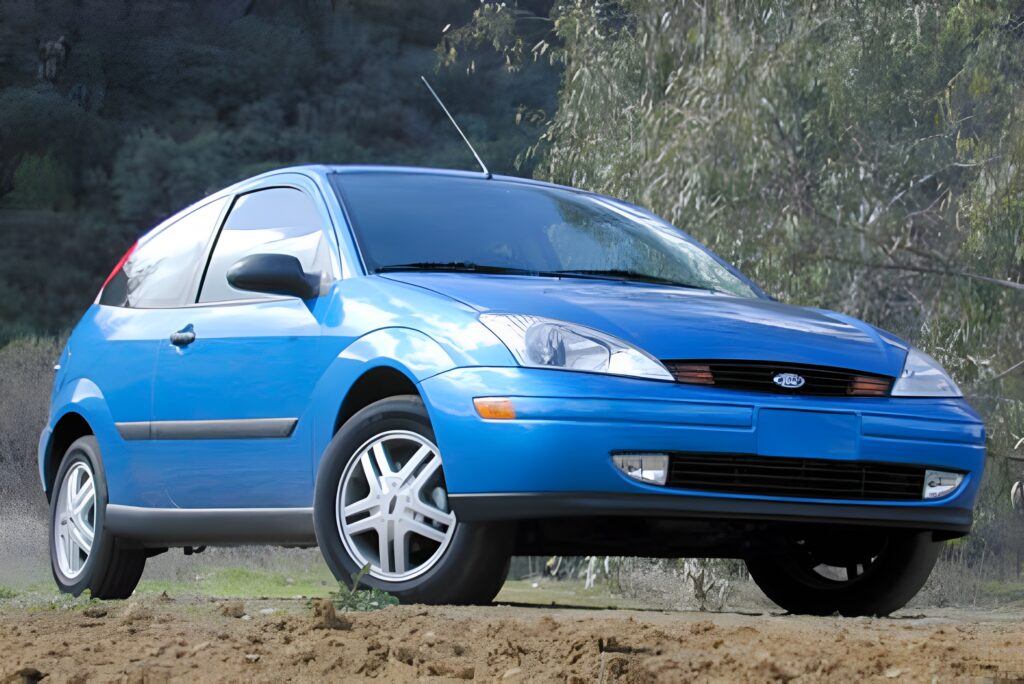
There are many notable differences because of safety legislation which varied in different states. Firstly the front and rear bumpers would protrude further out from the natural body line, making them bulbous to cover the larger crash bars behind them. The front indicators normally located on the front wings, found themselves located behind the front grille assembly. At the rear the reverse light and fog light found themselves integrated into the rear cluster assemblies. The key-operated bonnet release was replaced by a cable. Aside from some chunky alloy designs there was little difference in visual appearance. It is still a MK1 of course.
The engine options were an interesting subject, the smallest engines were 2.0L in capacity. The base engine being a rebranded Ford CVH with fuel Injection now called “Split-Port 2000” which produced 110bhp, not a great deal! It was fitted to the base spec LX and SE and wasn’t the best powerplant. Many recalls happened due to serious cases of exhaust valve seat recession.
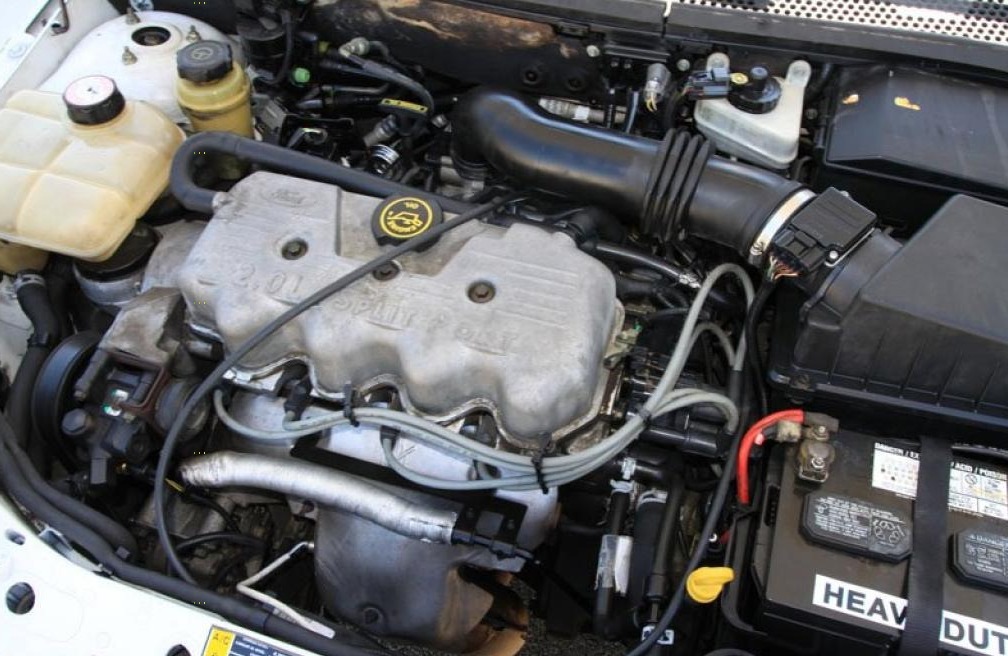
The next engine available was the familiar Zetec 2.0L unit, this was a popular engine for the market and a very competent power plant. The other engine was the all-new “Duratec” 2.0L engine which was a joint-development between Ford and Mazda (which Ford partly owned at the time). Rated at a very healthy 143bhp was very much the engine most suited to the market and later found its way into many European Fords and powered some of Mazda’s range, called the “L-Series”.
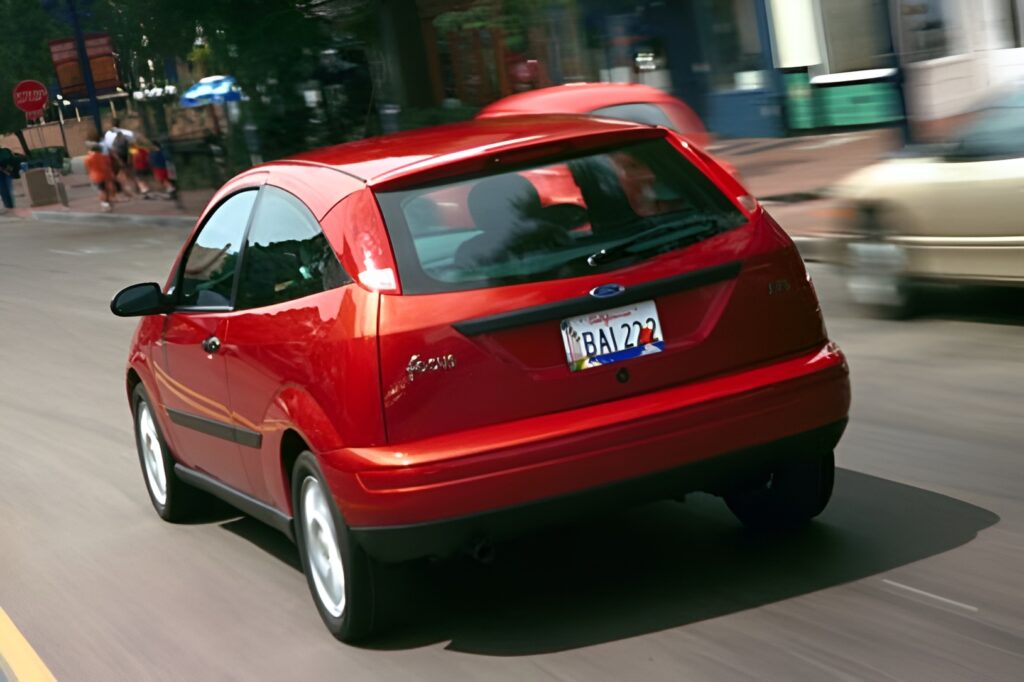
Initially launched as a 3-Door Hatch, 4-Door Sedan and 5-Door Wagon. The 5-Door Hatch joined the line-up later in 2002, citing market demand that Ford of America didn’t really anticipate from launch. Some special limited editions were also released at certain intervals to spruce up interest. The biggest change came in 2002, dreamt by the “Special Vehicle Team” part of Ford.
After some co-development with engineers from Ford of Europe, the hot hatch SVT Focus was born. The ST170 design also originated from this engineering team and was introduced at the same time for Europe. In appearance they contain very little differences. Powered by the same “Duratec-ST” engine with the “Powered by SVT” alternatively written on the specially designed rocker cover and producing exactly the same power output as the European ST170. About 14K SVT’s were registered, the majority being 3-Doors.
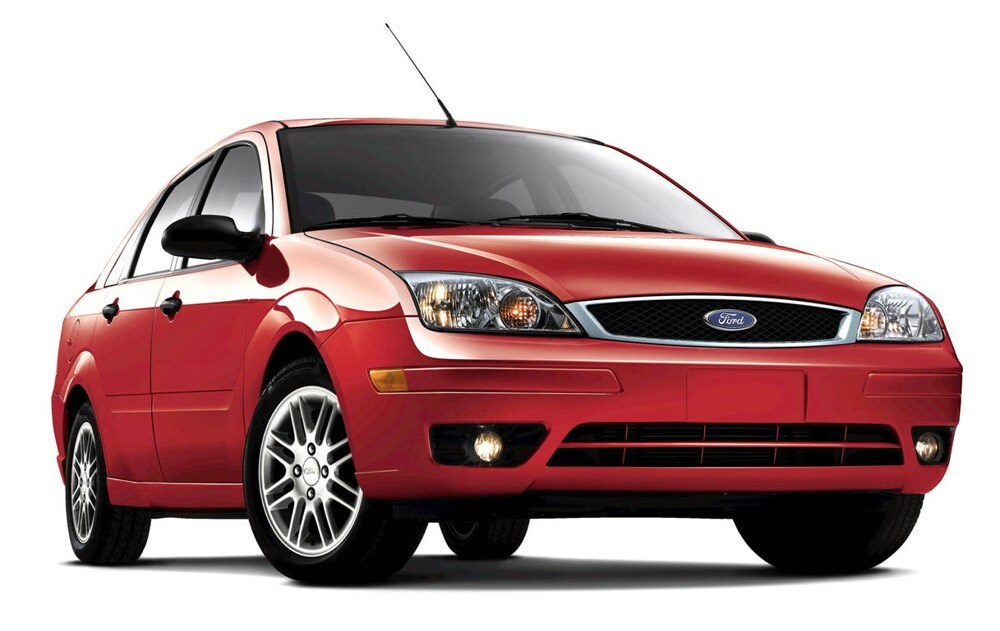
In 2005 to coincide with European production finishing, the North America MK1 underwent a significant front-end facelift which was very different to the European facelift. In essence a modified and unique bumper now accommodates headlights from a European MK2 Focus, with some minor alterations in other trim areas. It is certainly eye-opening! The addition of a 2.3 Litre “Duratec” which replaced the earlier 2.0 Litre version pushed the power on some models to 164BHP. The trim designations changed to S, SE, SES with some changes to trim designations.
There was an introduction of the ST version replacing the gap previously filled by the SVT, which could only be obtained as a 4-Door Sedan with the addition of a boot spoiler and re-designed front bumper incorporating an aggressive rectangular lower grille and fog light arrangement.
Production finished in 2007 after a successful period for the car, gaining a much bigger market share in it’s segment than anticipated and certainly much more than most European-designed cars historically.
The South American Market
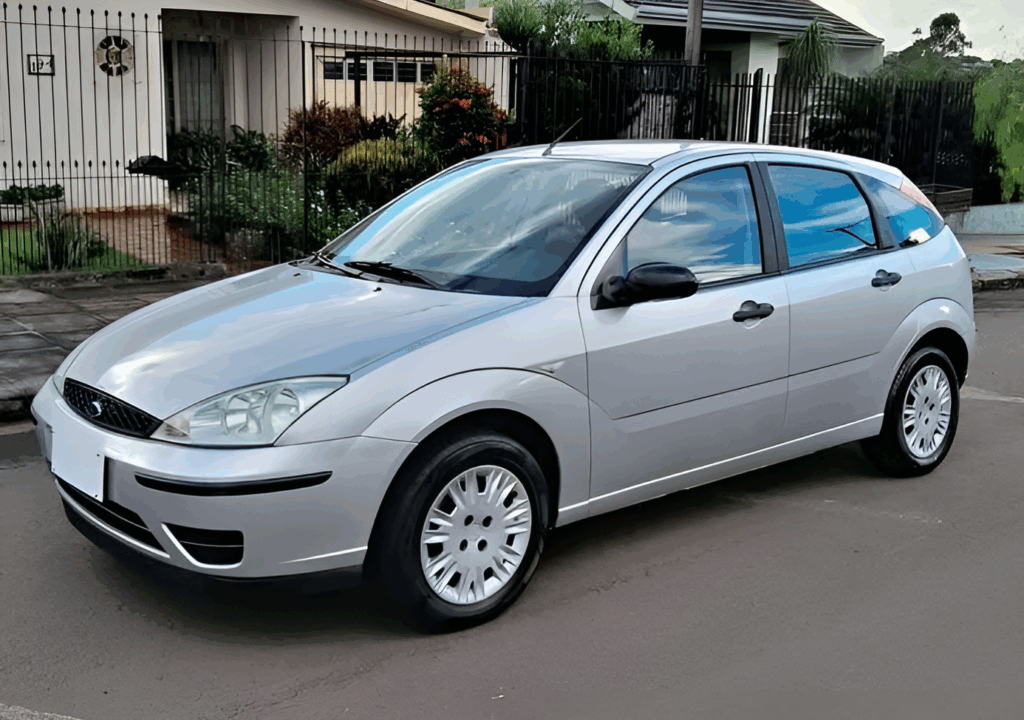
A largely unknown market is South America where cars generically are designed to be fairly robust to the conditions and certainly inferior fuel quality that exists in this market. Production started in the city of General Pacheco in Argentina. Specifications were pretty limited to a GL, GLX and Ghia, plus a few familiar engines like the 1.8 TDCI unit and 2.0L Duratec engine from the North American market.
Very interestingly on the GL and GLX there were no exterior door mouldings, no front fog lights, no alloy wheels, no passenger airbag with black door mirrors and a European pre-facelift centre console!
The most curious development was the 1.6 “Rocam” engine. This was produced by Ford of Brazil based on a vastly re-worked Ford Sigma engine familiar as the 1.6 in Europe, featuring a timing chain, cast iron block with 8V Valves using a “roller-finger” camshaft. This created a less refined but more suited engine to the environment of the South American market which could be used with a very new “Flex-fuel” system which allowed the car to function on E85 fuel, containing mostly ethanol rather than petrol!
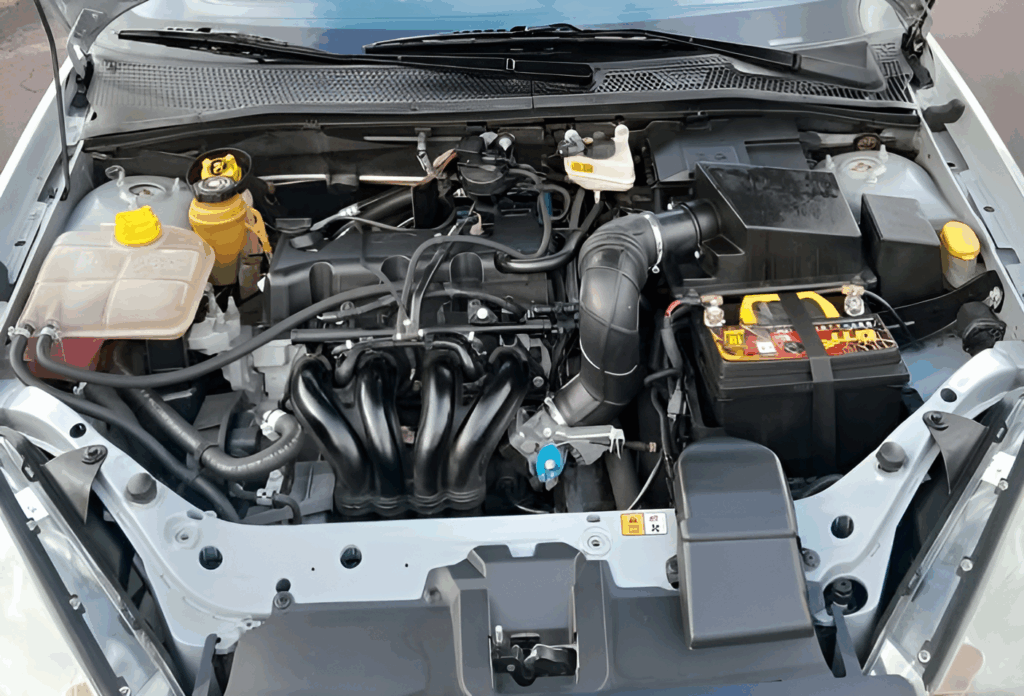
The Rocam engine turned out to be a surprising success and ended up in Europe as the renamed “Duratec 8V” fitted in the Ford Ka to replace the ancient OHV Endura unit.
Production completely ended in 2009 with the GL and GLX specifications in 4-Door Saloon form only, fitted with the 1.6 Rocam engine.

